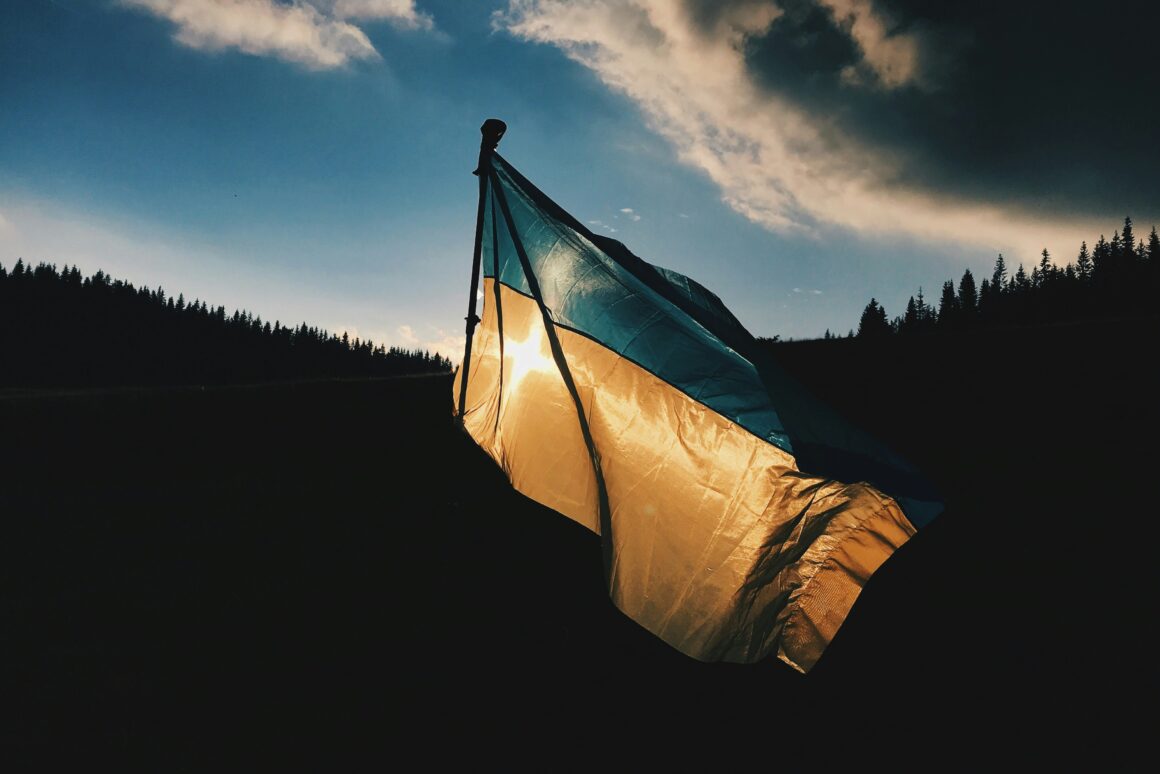As a high school student, I often find myself (reluctantly) reading pages of U.S. history for hours upon hours, and a recurring theme of U.S. history – from the “discovery” of the Americas to British wars of extermination to the concept of manifest destiny – is the belief of white superiority and Native American inferiority.
When the Americas were being colonized, the consistent European image of Native Americans – perpetuated by the news, explorers’ accounts, and perhaps just downright prejudice – was that Native Americans were savages, unworthy of their land which supposedly belonged to European settlers, and all in all, the land did end up belonging to European settlers because of a fantastic creation called guns. An example of the European colonies would be the British colonies, where Native Americans were kicked off their own land and pushed to reserved land.
Before I go any further, I just wanted to talk about the concept of history repeating itself. As society progresses, we constantly look back on history as if it were a huge mess. We look at the 1850s and wonder, How could Americans let African-Americans be unjustly killed for virtually no reason? We ask this as if police brutality toward African-Americans isn’t one of the most devastatingly common problems in America today. We look at the 1800s and think, How could Americans let Native Americans be pushed off the land that they rightfully owned onto reserved land with worse conditions while not doing anything about it? It is questioned as if Native Americans aren’t currently living on reservations with worse conditions while no one seems to be doing anything about it.
Native Americans are still oppressed in society, living on reservations deprived of water that is given to us Americans. These reservations are known for alcoholism–something introduced to Native Americans by colonists–and rape. Eighty-percent of reported sexual violence against native women are committed by white men who for the most part, are not prosecuted by either tribal courts or federal courts.
So, when we look at the Dakota Access Pipeline, we’re just looking at another example of the belief in white superiority and Native American inferiority. The mainstream media will romanticize the issue with the emphasis on negative protests and focus less on the actual damage that this pipeline will cause. Sure, by using more pipelines we will rely less on foreign oil and the transportation and refining of oil will be more efficient. Sure, it is much more safe to use pipelines than rail cars and trucks, and the Dakota Access Pipeline wouldn’t even cross onto the reservation land, right? So, overall, this pipeline is okay, right?
Not quite.
This pipeline would go directly under the Missouri River, the main water source for the Standing Rock Sioux tribe. If an oil leak occurred, their main water supply would be contaminated with crude oil.
The pipeline would also cross over the burial grounds of the Sioux tribes’ ancestors on the land that used to be a part of their reservation, but is not anymore–I wonder why.
Of course, the pipeline would be a great benefit to us Americans, although it is possible that the Standing Rock Sioux tribe will lose their main water supply. Of course, the pipeline would cross over the burial grounds of the Sioux tribes’ ancestors, many of which were killed by Americans, but isn’t that a small price to pay for such an efficient source of oil?
Who knows.
But perhaps history does repeat itself.






Comments are closed.